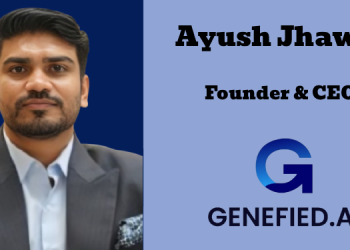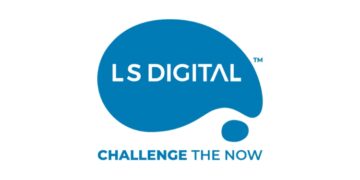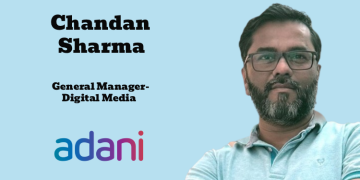A panel on the theme ‘Brand love suffering at the altar of short term sale’ on day one of Goafest 2023 delved into the importance of brand love, technological advancements, expectations from the agencies, and more. The session was moderated by independent journalist Anuradha Sengupta.
The panelists were Hemant Malik, Divisional Chief Executive, Foods & Member of Corporate Management Committee, ITC; Rohit Kapoor, CEO, Swiggy; and Prabha Narasimhan, MD & CEO, Colgate-Palmolive India.
The conversation opened with a question on the topic of whether brand love has been sacrificed at the altar of short term sale. According to Narasimhan, there is an opportunity for brands to focus on both the short and long term.
Kapoor elaborated it with an analogy: “If you are asked what makes for a good marriage, the answers will be trust, understanding, knowing each other etc. These are all long term traits. Many of these words are related to successful marriage. Marriage is also about showing up everyday and making breakfast, for dropping the kids to school, for making the house work, for backing each other on a daily basis. If one is trying not to exercise these small things and then trying to develop long term understanding and goals, it doesn’t work. The same applies to brands and companies as well.”
Malik noted that aspects of relationships have changed in the context of challenger brands and expanded consumer choices. “Instead of brand love, I would love to call it ‘brand situationships’“.
The challenge is to find a mechanism for people to be able to experience brands, he added.
Narasimhan, said, “The big brands had three larger advantages like reach, media, and capital. Now none of these exist. You can wake up tomorrow and have all these advantages from scratch. One factor that differentiates the love to brands is how you are able to create a degree of affinity to consumers and that hasn’t changed. It still goes back to whether the product delivers to the promised benefit, and its availability to consumers. What has changed is we can reach the consumer in a crowded landscape in so many more ways than earlier.”
Evaluating Performance Marketing
Speaking on the subject, Malik, said, “As marketing people we could always get away by saying we are building brand equity and the sales will follow over a period of time. Today it’s a great time for marketers because we can measure every input, respond, react, change and make marketing more exciting. Digital media empowers the consumers to respond to you. To some extent we are vulnerable to that. The most important thing will be in terms of what is the product proposition. In this world of more and more product options, I believe people pay money for the product and the experience. Data is about interpretations.”
Kapoor added, “The more data you have, the more the gut comes into the picture. At the end of the day, after seeing the data somebody has to take a call. What has changed is that feedback and decisions are made very fast.”
He explained it with the example of IPL: “It is no longer about letting the tournament end and then taking a call. It’s an eight-week run. We look into every piece of information like which media is working and which is not and change things accordingly.”
Kapoor also rued the fact that CEOs have become distant from the creative process. He explained, “There are too many departments in between. You get things which nobody has objected to and that gets approved.”
Narasimhan said that brands that managed to stand the test of time evolve themselves.
“They keep modifying themselves, but within the tramlines of who they are and that’s a tricky part, knowing who you are as a brand, staying true to that and managing to evolve,” she added.
From an era of limited and repeated exposure to the same ad jingle, the plethora of content and communication poses a huge challenge of cutting through the clutter, observed Kapoor.
According to Narasimhan, to create preference, a brand should have the product that delivers – it has to deliver on its promise irrespective of whether the brand is old or new or the price points at which it plays, she added.
“Second is consistency in what you do. If a brand is saying that it’s all about value, then it has to be delivered. Then communication of this in an attractive manner in a fragmented world is also important,” she said.
Adding to her point, Malik said, “From a tool kit perspective, consumer insight becomes most important for us. The ability to look at the purchase behavior, product understanding etc. We have access to these through social listening, through feedback.”
In sum one gathers that brand love remains relevant, but it has to be expressed in more ways than before.
Feedback: [email protected]

















